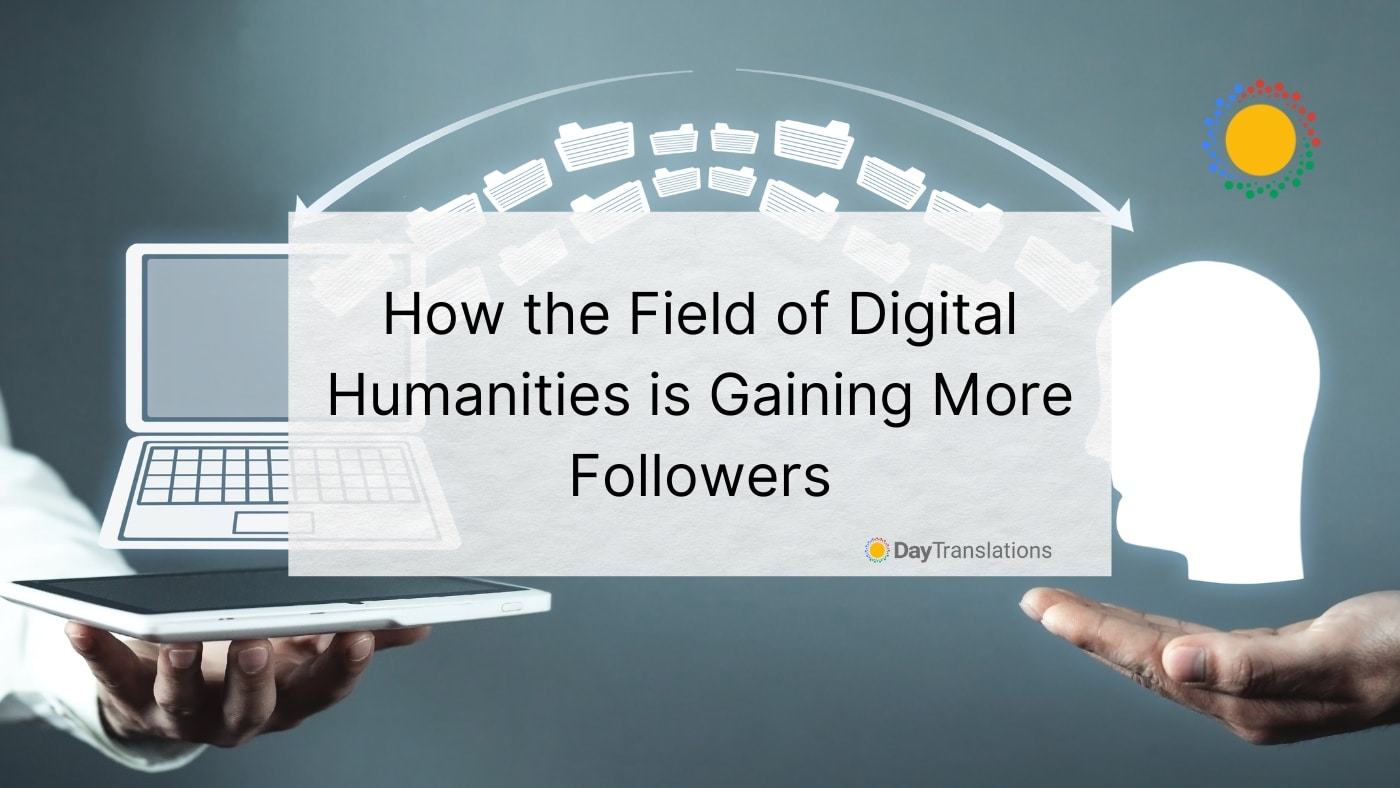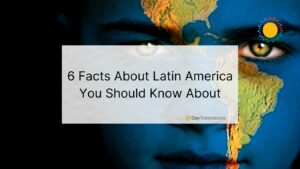Digital humanities as a form of information science and scholarly communication seem to speak for themselves. In essence, the digital humanities community is something related to the humanities going digital. And that means anything within the realm of the humanities, whether it be language, history, philosophy, literature, or the arts. The field refers to the use of digital tools, media, and corpora in the humanities, which changes the objects and practices in the humanities.
But this field of computer science is still a developing one. Yet, this new method of scholarly communication that’s being used to find out more about old things is gaining more followers by the day. And since language is at the heart of humanities, we felt the need to share some valuable insight as to why this might be a trend worth monitoring!
What Exactly is Digital Humanities?
Digital humanities include the use of computers to further our knowledge of humanities. The scholarly communication method allows us to ask and answer questions digitally and remotely. Instead of reading 100 books written in the 19th century, we can now use algorithms to uncover patterns and trends to help us understand cultural shifts and innovations present in that time. It also allows us to use digital visualizations to draw connections between people that would be hard to do in written form.
What Gains Can We Expect from Digital Humanities?
The Integration of Quantitative and Qualitative Approaches
With digital humanities, interlinking digitized text, images, and time-based media with visualizations, data, and maps is easier than ever. You also have the ability to mine and re-organize resources for the purposes of uncovering trends and key learnings.
Quicker Access to Information and Scholarly Communication
More people can review, see, and learn from projects based on Digital Humanities. Searching through data, combining different data sources, and hyperlinking to relevant background materials is also much faster and easier. This also enhances teaching because students get to experience more and collaborate together. Scholarly communications benefit from this digital culture that embraces new technologies, data visualization, information science, and other forms of traditional humanities.
Why are Studies in Digital Humanities and Digital Tools Important?
Humanities look at complex issues like xenophobia and racism and how they affect the outlook for democracy. So, while it’s important to include humanities in the development of media, tech, and artificial intelligence, it’s also essential to bring digital projects into the field of humanities.
Humanities help us understand our history and how to create effective change. And the application of digital tools in this arena is very powerful.
Where Can I See Examples of Digital Humanities Community Projects in Action?
Here’s a look at some high-impact digital humanities projects:
ToposTex
Have you ever wanted to search for names like Troy and Ithaca to see how they related to the modern world? With ToposText, you can discover places in ancient Greece. It’s one of the world’s leading DH projects. You can also check out links to text and images related to the names. This project covers ancient cities, shrines, castles, museums, and excavation sites. The mobile app lets you explore more than 5,000 ancient Greek sites and includes locations in Spain and the Caucasus.
Pelagios Commons
The Pelagios Commons is an online platform that helps you annotate and link historical materials through your common reference to specific places. The platform offers “linked open data” through its online resources. These resources are designed to help you learn more about the ancient world.
Mapping Jewish LA
The Mapping Jewish LA is a DH project that uses digital projects to enable people to experience Jewish LA through multimedia. The UCLA Library and Special Collections, the University of Southern California, various academic departments, and more than a dozen community archives and digital humanists made this collection of interactive maps possible.
NYU Smart Cities
The NYU’s Center for Urban Science and Progress (CUSP), led by program director Constantine E. Kontokosta wants to improve the quality of urban life through data analytics and analysis. It’s one of the leading digital humanities centers. Also known as the Quantified Community, the aim of DH projects like these is to use data analytics and the Internet of Things to improve neighborhood planning and urban design. Community members are encouraged to define their problems through digital methods so that any problems can be resolved.
Wrapping Up
Here at Day Translations, we’re excited to see where the field of Digital Humanities expands to next. We are firm advocates for using the power of human support complemented by digital collections and tools. And that’s why we’re not surprised to see that there’s an uptick in interest in a fascinating field like Digital Humanities!
Any DH project enables the expansion of knowledge production and enhances online communication for the purpose of a research process. It is through digital cultures like digital humanities centers that graduate students and faculty line members get to answer questions that they might not have been able to during their normal day-to-day work. The data types collected in these new forms provide open access to originally published information. This not only benefits individual scholars but anyone working within literary studies as well.
We’re excited to see what the future of these new programs holds. It’ll most likely alter the way a graduate school and faculty members see humanities. We think it will become a common theme within tenure committees. It’ll also arguably play a central role in the structuring of any new formal publication within academic publishing.












Sorry, the comment form is closed at this time.